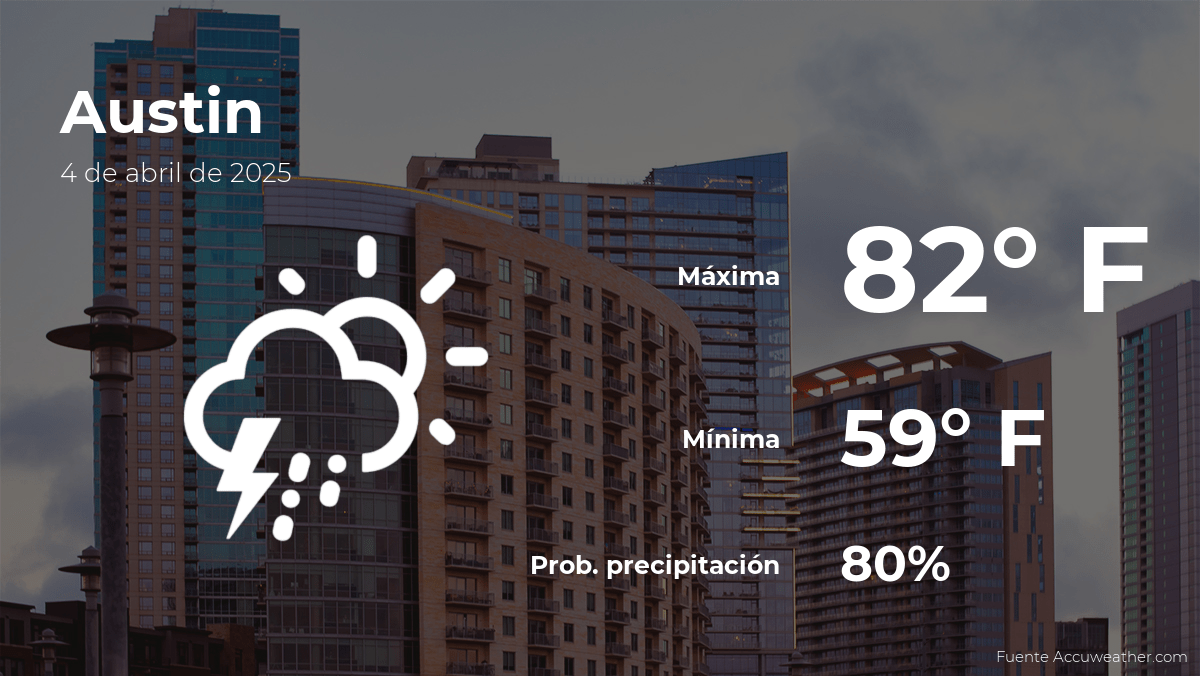“`html
Devastating Storms Sweep Across the South and Midwest: A Tornado’s Fury Claims Life
A deadly outbreak of severe storms tore through the South and Midwest this week, unleashing destructive tornadoes that flattened homes, uprooted trees, and claimed at least one life. The violent weather system struck on Tuesday evening, affecting communities across multiple states, including Arkansas, Missouri, and Kentucky. Emergency responders are now assessing the damage as meteorologists warn of continued severe weather risks.
Destruction and Tragedy in the Storm’s Path
The hardest-hit areas reported widespread devastation, with one confirmed fatality in Arkansas after a tornado ripped through a rural community. Local authorities confirmed the victim was a 62-year-old man who succumbed to injuries when his home collapsed. Dozens of others suffered minor injuries, and search-and-rescue teams continue to comb through debris for potential survivors.
“The sheer force of these storms is unlike anything we’ve seen in years,” said Sheriff Dale Thompson of Benton County, Arkansas. “Entire neighborhoods have been reduced to rubble, and our priority is ensuring everyone’s safety.”
Key impacts of the storms include:
- Over 50 homes destroyed or severely damaged
- Power outages affecting 30,000+ residents
- Emergency declarations in three states
- Multiple highways closed due to fallen trees and power lines
Meteorologists Analyze the Storm System’s Intensity
According to the National Weather Service (NWS), the storms developed due to an unstable clash of warm, moist air from the Gulf of Mexico and a cold front moving eastward. Wind speeds in the strongest tornadoes reached an estimated 110-130 mph, classifying them as EF2 to EF3 on the Enhanced Fujita Scale.
Dr. Laura Simmons, a climatologist at the University of Oklahoma, noted, “This event fits a troubling pattern of increasing severe weather frequency in the region. Warmer winters and shifting jet streams are creating more volatile conditions.” Historical data shows a 15% rise in tornado activity across the Midwest over the past decade.
Community Response and Recovery Efforts
Local organizations and federal agencies have mobilized to assist affected residents. The American Red Cross established temporary shelters, while FEMA teams began preliminary damage assessments. Volunteers from neighboring towns delivered supplies, and social media campaigns raised over $200,000 for victims within 24 hours.
However, challenges remain. “Many rural areas lack storm shelters, leaving residents vulnerable,” said Maria Gonzalez, a disaster relief coordinator. “We’re urging lawmakers to invest in better infrastructure and early-warning systems.”
Preparedness Gaps and Climate Change Concerns
Experts emphasize that while tornado prediction has improved, gaps in public preparedness persist. A 2023 survey by the National Safety Council revealed that only 42% of Midwestern households have emergency plans for severe weather. Meanwhile, scientists link the intensifying storms to broader climate shifts.
“The data is clear: extreme weather events are becoming more frequent and severe,” stated Dr. Simmons. “Communities must adapt through better building codes, education, and climate mitigation strategies.”
Looking Ahead: Rebuilding and Resilience
As cleanup begins, officials warn of potential flash floods from saturated ground. Insurance analysts estimate damages could exceed $75 million, with agriculture also suffering heavy losses. Long-term, advocates call for policy changes to address:
- Expanded funding for storm shelters in vulnerable regions
- Stronger enforcement of weather-resistant construction standards
- Public awareness campaigns on emergency preparedness
For now, affected residents face an uphill battle. “We’ll rebuild, but it’s heartbreaking,” shared Arkansas resident James Carter, whose family lost their home. “Storms like this make you realize what truly matters.”
How to Help: Readers can support recovery efforts by donating to reputable organizations like the American Red Cross or volunteering with local disaster response teams. Staying informed about weather alerts and advocating for climate-resilient policies can also make a difference.
“`
See more Your Daily Weather


